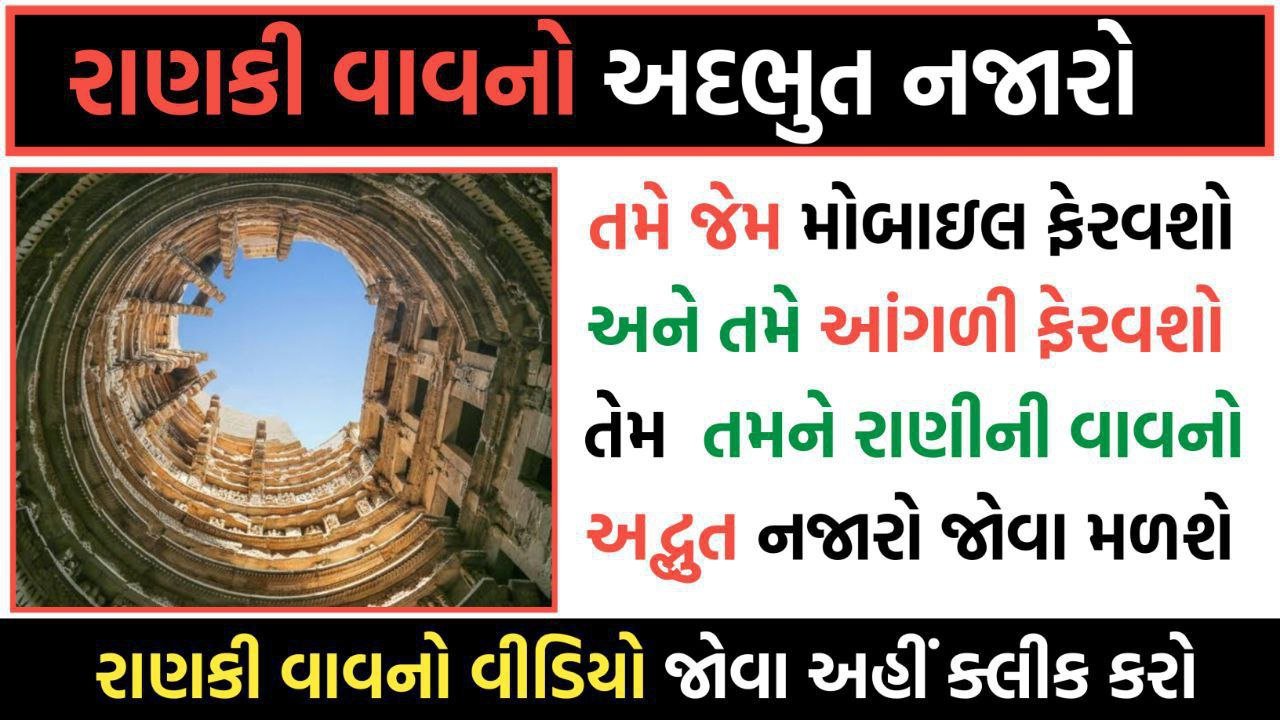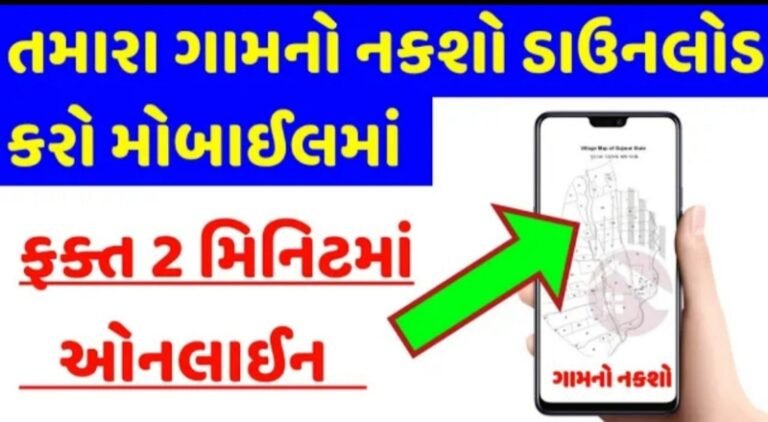Rani Ki Vav Patan 360 Degree View : “Rani ki Vav at Patan, the Unesco archaeological World Heritage Site in Gujarat has been recognized as the cleanest heritage site in the country. The heritage site was among 11 institutions and organisations felicitated by Prime Minister Narendra Modi.
Rani Ki Vav is an intricately constructed stepwell on the banks of Saraswati river. Built as a memorial to an 11th century AD, it was added to the list of Unesco’s World Heritage Sites in June 2014 Apart from the heritage site, Surat railway station was awarded as the cleanest railway station in the country.
These awards was presented to the winners by Modi himself at the first IndoSan (India sanitation) conference on September 30.”
Rani Ki Vav Patan 360 Degree View
How to get there?
By Road : Intercity buses from Ahmedabad to Patan take 3.5 hours, and 1 hour from Mehsana. Shared jeeps are slightly quicker, but less comfortable.
By Train : The train can take you as far as Mehsana (1 hour). From there you will need to catch a bus to Patan.
By Air : The nearest airport from Patan is Ahmedabad, situated at a distance of 125 km. The airport here, in turn is connected to International and Indian cities. Patan has a railway station for easy access.
It was constructed by Rani Udaymati in memory of her husband, King Bhima 1, of the Chalukya or Solanki dynasty, which existed between 950 and 1300 CE. Rani Ki Vav is situated on the banks of the Saraswati river.
UNESCO describes the Rani-Ki-Vav as displaying the pinnacle of craftsmanship in stepwell construction. It has been designed as an inverted temple and is divided into seven levels, with sculptural panels of unmatched artistic quality.
A flight of stairs built in distinct geometrical patterns leads visitors to the Rani ki Vav. One can also see numerous stone columns at the end of the stairs.
Rani-Ki-Vav features on the new hundred rupee note issued by the Reserve Bank of India.
Out of the seven levels of Rani Ki Vav, the fourth is the deepest and leads into a rectangular tank, measuring 9.5 metres by 9.4 metres, at a depth of 23 metres.
The Rani Ki Vav stepwell is believed to have been buried underground owing to a severe flood in the Saraswati river. It was resurrected after decades of painstaking clearance and restoration by the Archaeological Survey of India from 1958 onwards.
The Rani Ki Vav World Heritage Site houses 500 principal sculptures and over a thousand minor sculptures, depicting religious, mythological and non-sacred imagery.
Most of the sculptures at Rani Ki Vav are in devotion to Lord Vishnu, in various forms like Lord Rama, Lord Krishna, Lord Narsimh and Lord Vaman.
The walls of the different stories of the massive stepwell are adorned with intricately carved sculptures while the various sections of the stepwell are joined with the support of beautifully carved pillars.
